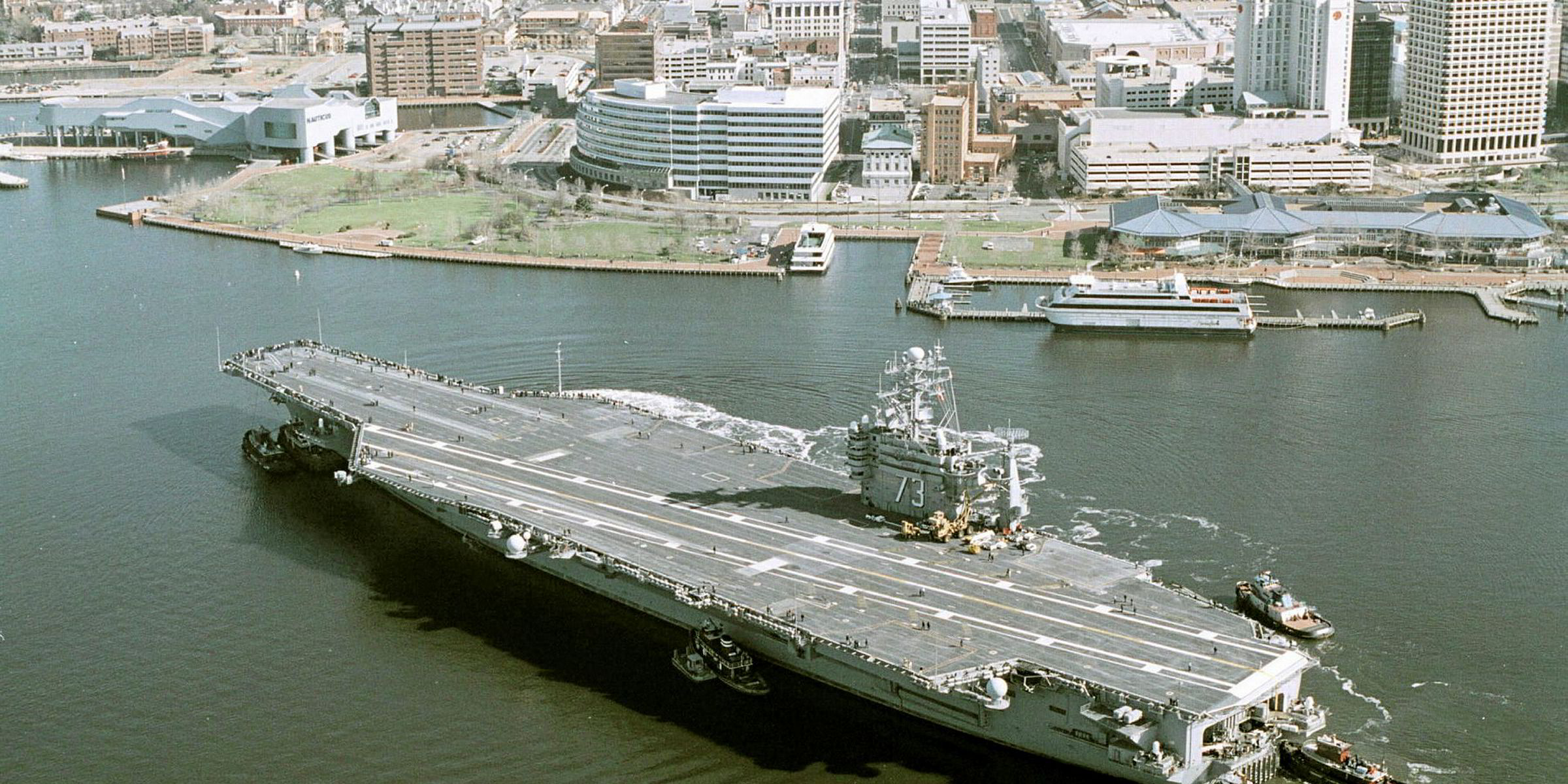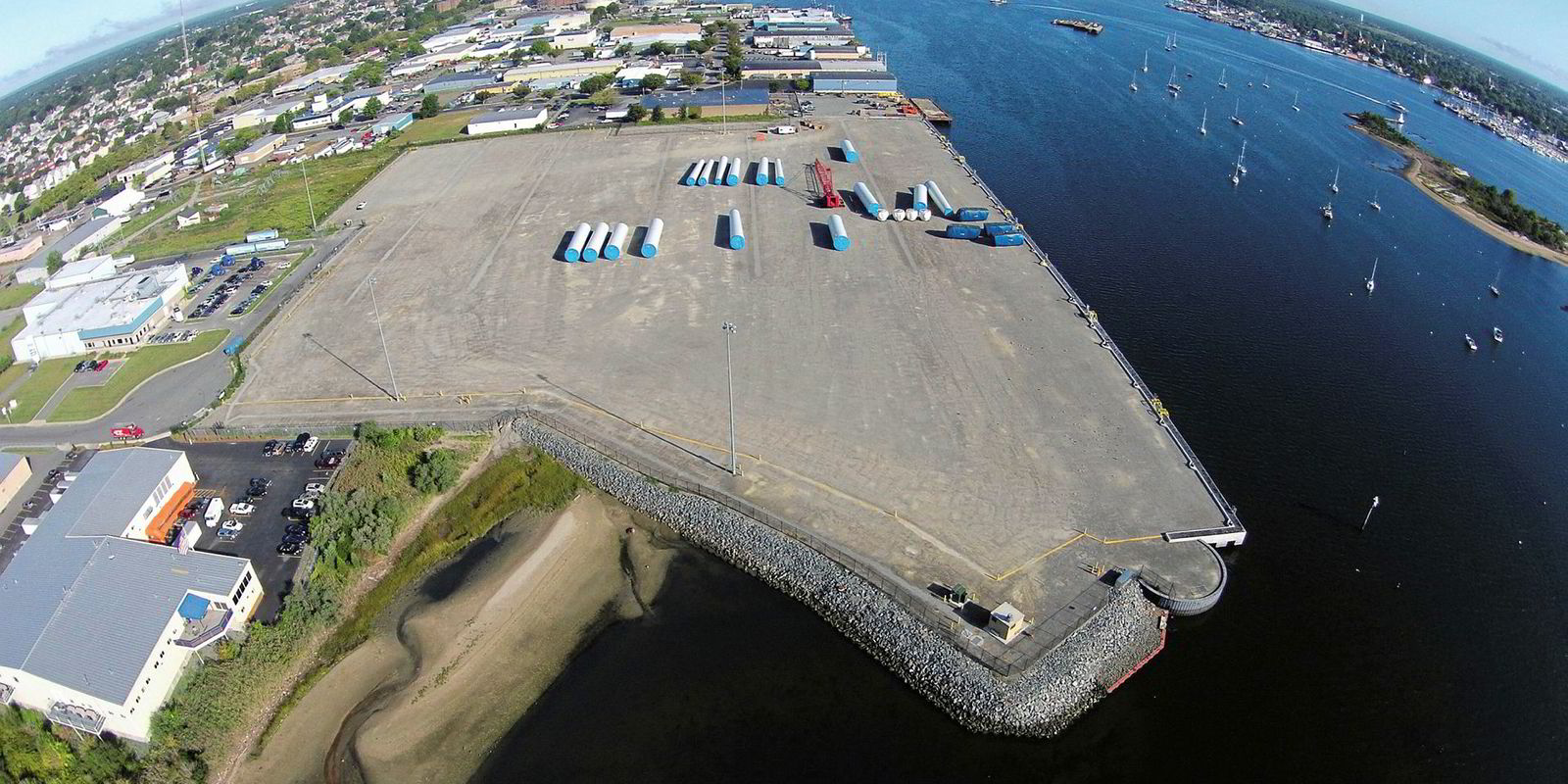Virginia has thrown its hat into the ring in the intensifying competition for US offshore wind jobs, with the state government now working to put together a strategy to attract the future supply chain.
The Virginia Department of Mines, Minerals and Energy this week posted a request for proposals seeking contractors to help develop a formal strategy for securing offshore wind jobs. The move comes even though Virginia has not established a big offshore wind target nor financially backed any specific projects – unlike states including neighbouring Maryland, and New Jersey, New York and Massachusetts farther to the north.
Virginia Governor Ralph Northam, a Democrat, trumpeted the new offshore wind focus, noting the mid-Atlantic state’s large port infrastructure around Hampton Roads, among the world’s largest natural harbours as it feeds into the Chesapeake Bay. The Hampton Roads region, which includes cities like Virginia Beach, Norfolk and Newport News, is known for its many shipyards and its large military presence.
“Hampton Roads’ unmatched port infrastructure and high-quality maritime workforce make the region an ideal location for offshore wind energy development,” Northam says. “Virginia should be the prime location for the offshore wind industry, from the supply chain to the full build-out of our offshore wind assets off the coast.”
While lacking a formal target, Virginia does have several irons in the fire when it comes to offshore wind, notably investor-owned utility Dominion Energy’s 12MW Coastal Virginia Offshore Wind pilot project, which is being developed in partnership with Denmark’s Orsted. The two-turbine project could be on line as soon as 2020.
The Coastal Virginia Offshore Wind project is being built next to a 112,800-acre (456 sq km) Dominion-controlled offshore wind lease area, won in the second competitive lease auction held in federal US waters in 2015, and capable of holding more than 2GW.
However, it’s not clear how any larger projects built in the Virginia zone would sell their power, and offshore wind is unlikely to be capable of competing on cost alone in the mid-Atlantic region for a decade or longer.
Virginia’s move this week reflects the growing appreciation among state lawmakers for the huge job-creation potential that offshore wind brings along the Atlantic coast.
While most of the largest offshore wind components are likely to be imported from Europe in the US market’s early years, towers, subsea foundations and electrical equipment could be manufactured domestically from the get-go. By the late 2020s, turbine makers may see a case for building an offshore-specific factory in the US.
“This is the start of a 50-year industry that will stretch up and down the East Coast,” notes Virginia Commerce Secretary Brian Ball.
In looking to attract a regional offshore wind supply chain, Virginia will be bumping up against similar ambitions held by a number of other states.
Massachusetts and New York have both made clear their intention to tie offshore wind development to the creation of local jobs, with Massachusetts focused on the port of New Bedford and New York eyeing a number of sites for future fabrication work, including the Port of Coeymans along the Hudson River.
In awarding offshore renewable energy credits last year to developers Deepwater Wind and US Wind for 368MW of capacity off the Maryland coast, that state attached a battery of requirements – including the use of state ports in Baltimore and Ocean City for construction and O&M, and the use of local steel plants for fabrication work.



